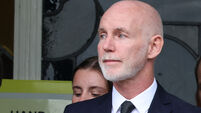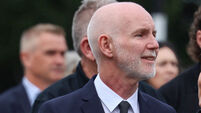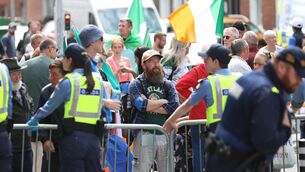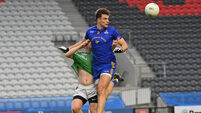Russia-Ukraine crisis: What is going on?
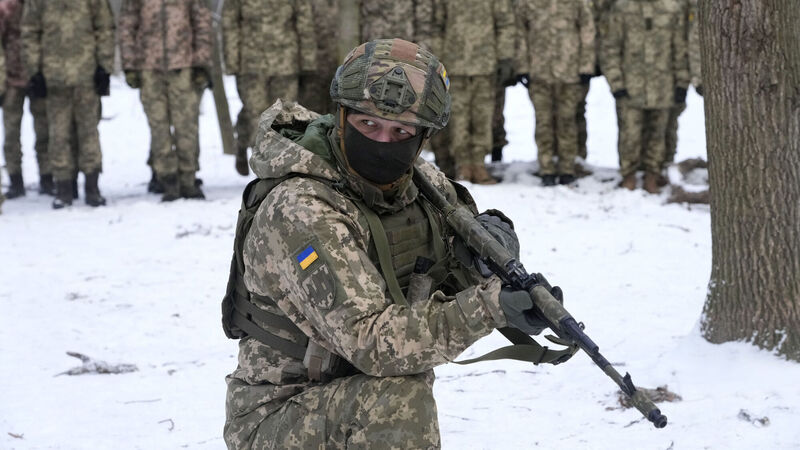
An instructor trains members of Ukraine's Territorial Defense Forces, volunteer military units of the Armed Forces, in a city park in Kyiv, Ukraine, Saturday, Jan. 22, 2022. Picture: AP Photo/Efrem Lukatsky
In the last 24 hours, the British foreign office and the US state department ordered family members of staff working at their embassies in Ukraine to leave the country.
It comes amid beliefs among Nato countries of a significant risk that Russian president Vladimir Putin will launch a full-scale invasion of Ukraine.
Nato has said it is putting extra forces on standby and sending more ships and fighter jets to eastern Europe as Russia continues its troop build-up near Ukraine.
It said it is beefing up its “deterrence” presence in the Baltic Sea area.
Russia has forward-deployed hundreds of tanks, self-propelled artillery and even short-range ballistic missiles from as far away as Siberia to within striking range of Ukraine’s borders.
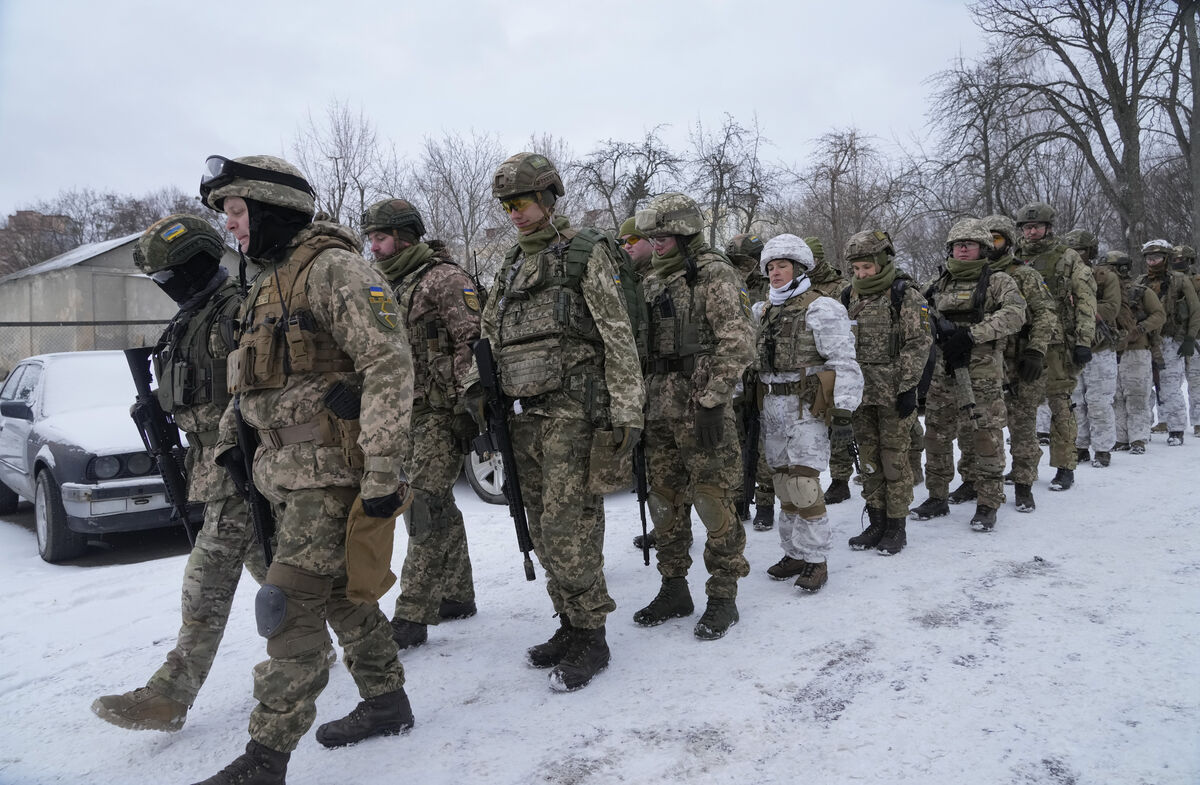
US intelligence has said Russia could launch an offensive with as many as 100 battalion tactical groups (BTGs), comprising an estimated 175,000 troops.
Russia’s rhetoric has grown more belligerent.
Vladimir Putin has demanded legal guarantees that Ukraine will never join Nato or host its missile strike systems, concessions he is not likely to receive.
He is also short on time. His troops cannot remain out of garrison indefinitely.
By late winter he will probably have to launch an attack or draw down his forces in what would look like a retreat.
In 2014 Putin sent troops to annex Crimea, a mainly Russian-speaking region of Ukraine.
Russia also incited a separatist uprising in Ukraine’s southeast, clandestinely sending soldiers and weapons to provoke a conflict that grew into a full-blown war.
A 2015 peace deal established a line of demarcation and called on both sides to make concessions.
Since then low-level fighting has continued along the front, and both sides have accused the other of violating the agreement, which observers say is close to collapse.
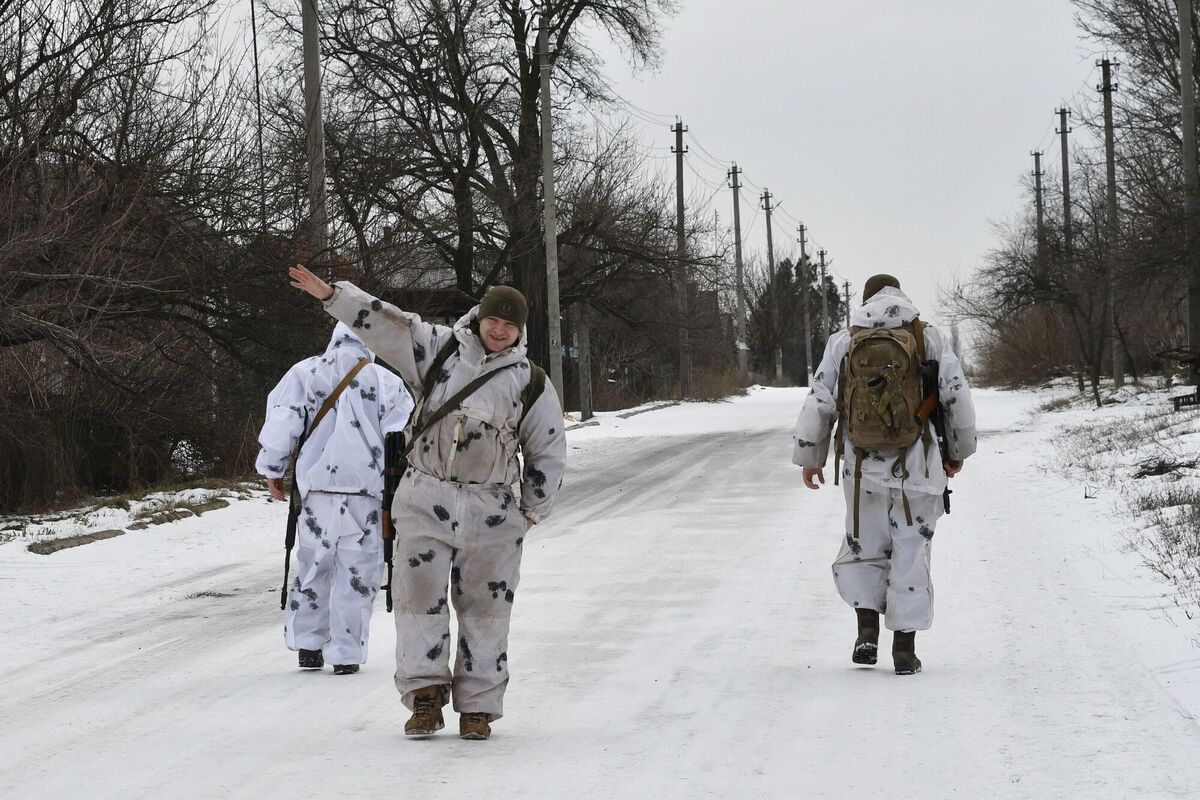
Russia no longer wants to maintain the status quo and is looking for another way to assert control over Ukraine.
US secretary of state Antony Blinken held talks with Russian diplomats in Switzerland on Friday in a bid to avert a conflict on Ukraine’s border, where Moscow has amassed an estimated 100,000 troops.
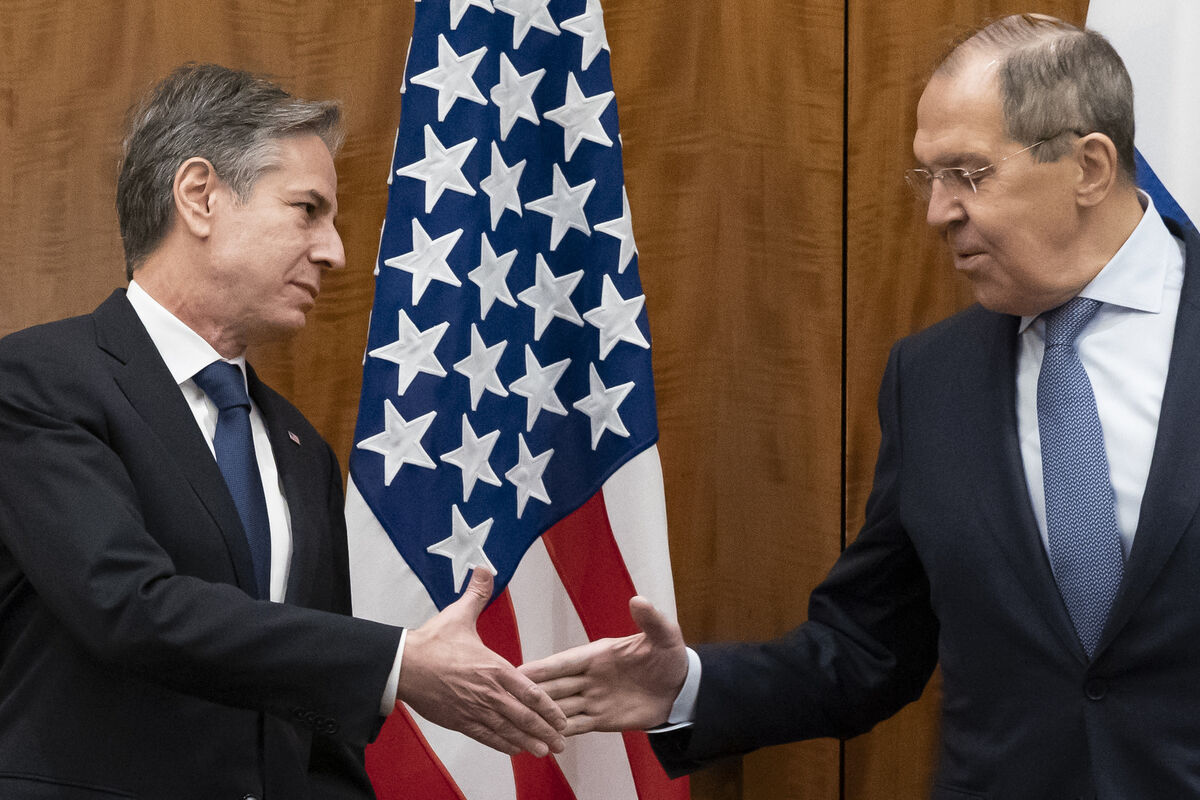
Mr Blinken and Russian foreign minister Sergey Lavrov met for about 90 minutes in Geneva at what the American diplomat said was a “critical moment”.
Expectations had been low going in, and there was no breakthrough.
Mr Blinken told Mr Lavrov the US would give Russia written responses to Moscow’s proposals next week, and suggested the two would likely meet again shortly after that – offering some hope that any invasion would be delayed for at least a few more days.
The US secretary of state will brief the EU ministers by video link on Monday on his talks last week.
Many of the heavy weapons stationed near Ukraine arrived in the spring of 2021, when Russia put an estimated 110,000 troops with tanks and other heavy weaponry near the border.
Russia returned some, but not all, of its troops to base in May after Putin secured a summit with Joe Biden.
One of the largest forces remains stationed at the Pogonovo training area south of Voronezh since spring.
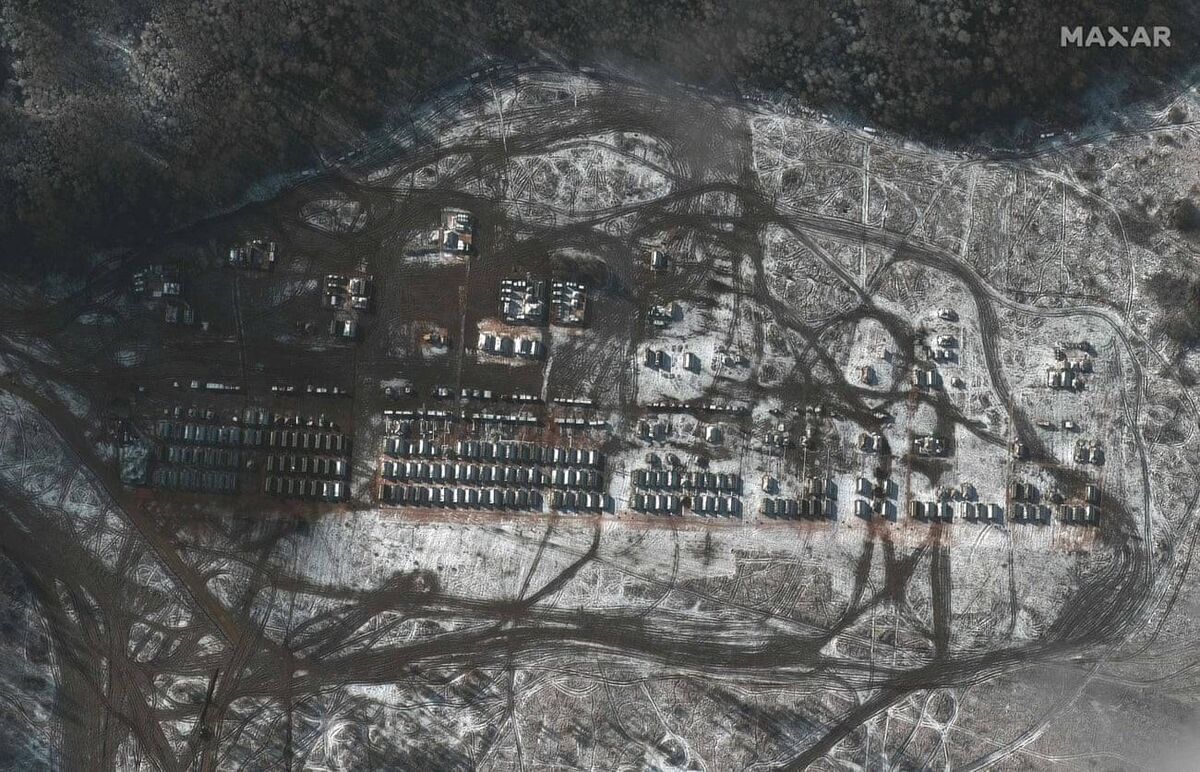
The equipment includes motorised infantry, main battle tanks, rocket artillery and Iskander short-range ballistic missiles comprising an estimated six or seven BTGs, according to an estimate by the independent defence analyst Konrad Muzyka.
Tanks, motorised infantry and rocket artillery from the 1st Guards Tank Army headquartered in the Moscow region have been moved to the Pogonovo training area, according to Muzyka’s estimates.
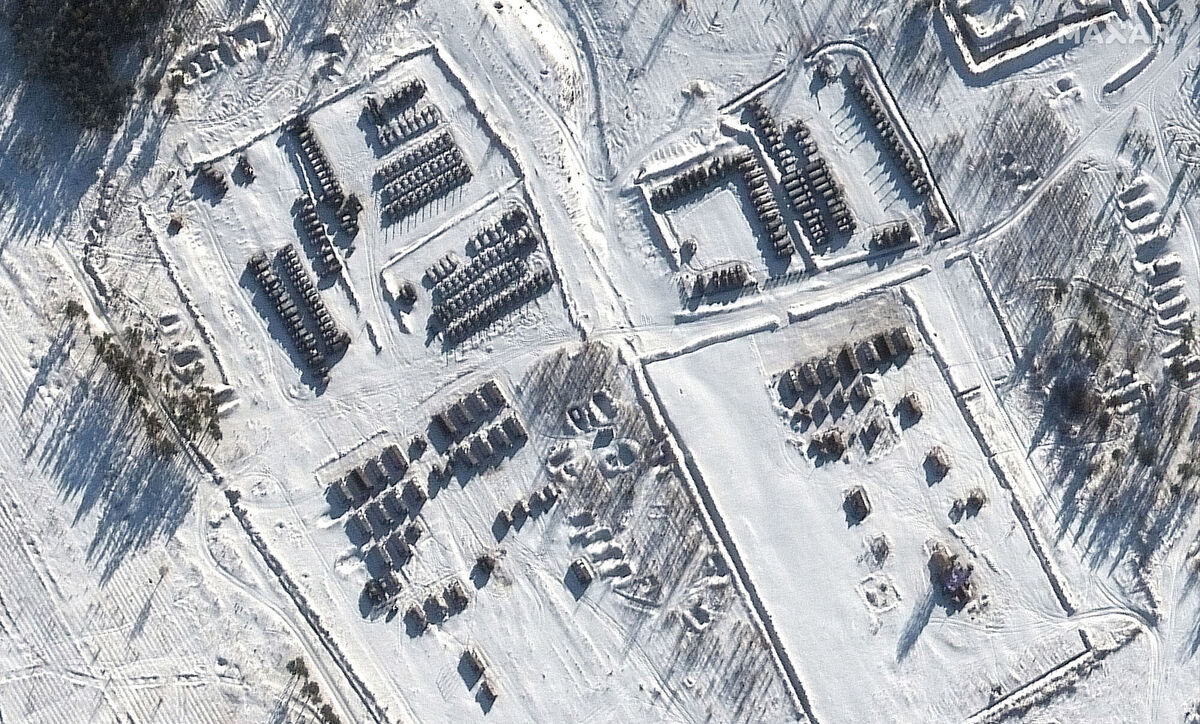
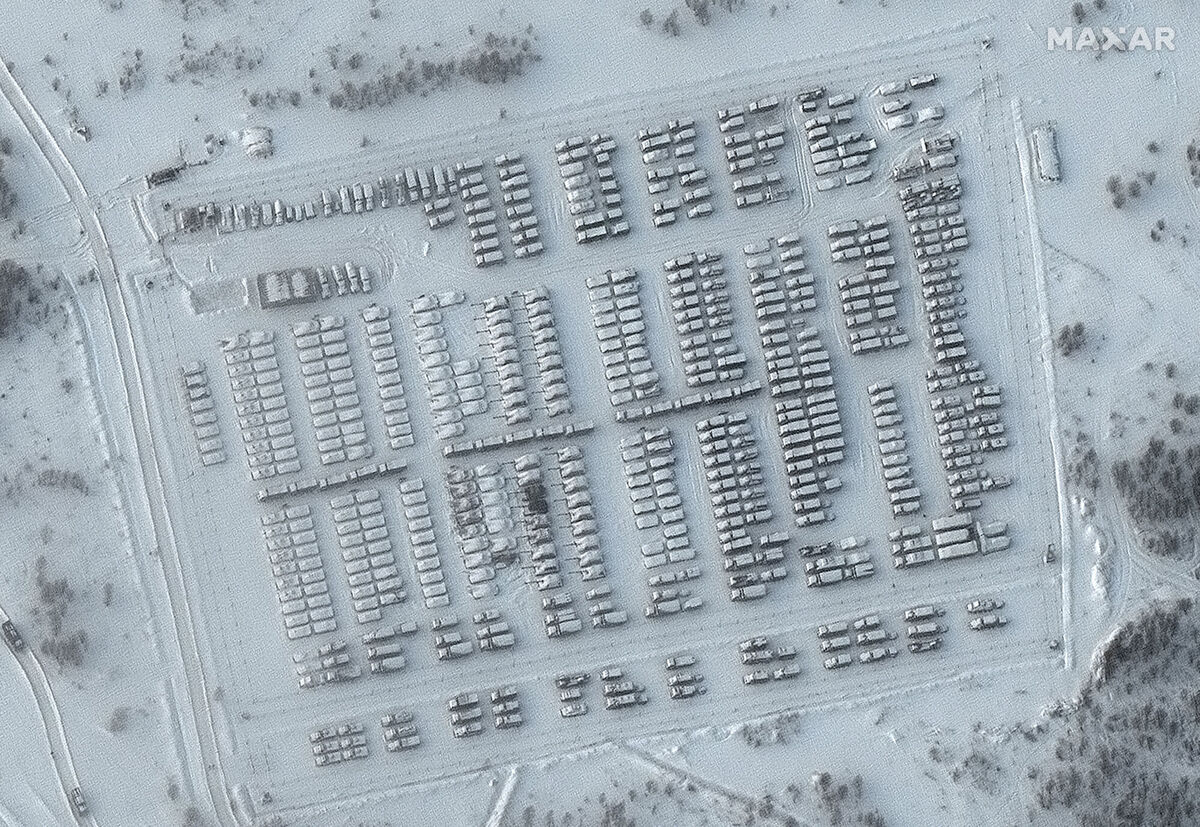
Artillery and air-defence assets have also been spotted in satellite photographs taken from above Novoozerne in western Crimea.
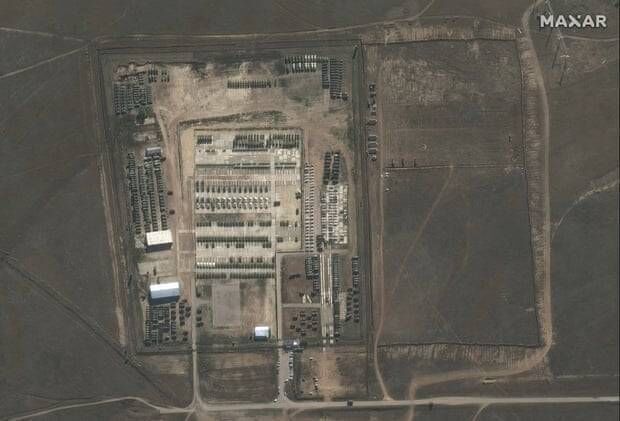
There are also units permanently deployed near Ukraine and Ukraine estimates tens of thousands of troops are stationed in the Russian-backed separatist territories of Donetsk and Luhansk.
A map released by Ukrainian military intelligence in November showed a worst-case scenario: Russian forces crossing the Ukrainian border from the east and attacking from annexed Crimea, as well as launching an amphibious assault on Odessa with support from Russian soldiers in Transnistria and troops sent in from Belarus.
Some aspects of the plan, such as offensives from the east and via Crimea, already appear possible.
Others, such as an attack from Belarus, appear to factor in troops that have not yet arrived in the region.
Russia could assert dominance with a less extensive operation.
The head of Ukraine’s military intelligence service told the that his nightmare scenario involved airstrikes and rocket attacks on ammunition depots and trenches that could leave the military incapacitated, leaving frontline commanders to fight on alone.
They would fall, he said, if Russia launched a full-strength invasion. At that point Russia could seek to strong-arm Kyiv into a disadvantageous peace deal.
Other options include sending a “peacekeeping force” or clandestinely deploying troops under the guise of separatist forces to Donetsk and Luhansk. From there they could reinvigorate the fighting along the frontline or seek to capture new territory.
According to the Institute for the Study of War, one option would be to break out from Donetsk to try to establish a land bridge connecting Crimea to territory near Rostov, as well as seizing the Kherson region north of Crimea and securing the North-Crimean Canal.
Russia would need to capture Mariupol, a large city that is very well defended, to make this plan work.
The potential economic blowback of any new fighting would be enormous as the US and its allies are promising “significant and severe” sanctions in the event of an attack.
The last option may be the most likely: Russia seeks concessions from the west in negotiations while maintaining its troops along the border for a credible threat of escalation. Putin has said he believes high tensions are useful for Russia and he has already pulled back his troops from Ukraine once this year.
Nevertheless, analysts say that without a clear diplomatic victory, any drawdown could look like a defeat.
The completion of the Nord Stream 2 gas pipeline from Russia to Germany via the Baltic Sea gives both sides an economic weapon.
The pipeline would allow Russia to send gas to Europe without going through Ukraine, meaning Moscow could pile pressure on Kyiv without the risk that Kyiv would cut the gas supply route in retaliation.
Ukraine has lobbied furiously against the project, saying it undermines its national security.
However, the pipeline, which has become a pet project of Putin’s, has not yet come online, and western governments have signalled that in the case of invasion, that may never happen.




